PEOPLE
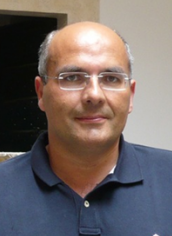
THE DISCOVERY OF GRAVITATIONAL WAVES OPENS A NEW WINDOW ON MULTIMESSENGER ASTRONOMY.
Interview with Marco Pallavicini, professor at the University of Genoa and researcher of the Genoa section of the INFN, head of the astroparticle physics committee at INFN.
The two gravitational waves events detected by the LIGO and VIRGO international collaborations in September and December 2015, and respectively announced in February and June this year, not only represent a milestone in the history of the astronomical exploration of the universe, but also unexpectedly reveal a very active Universe in which black hole binary systems are more numerous than we thought. The recent development of new detectors and experimental methods had already allowed multimessenger astronomy - engaged in the coordinated detection of electromagnetic signals, cosmic rays, gamma rays and high energy neutrinos - to observe the universe in its variety and to integrate the results achieved in particle physics, theoretical physics and astronomy within a closely as possible unified framework. Gravitational astronomy, kicked off by the recent discovery of the first gravitational waves, not only adds a piece to this framework, but literally breaks through a barrier in the exploration of the most violent phenomena in the universe. And with the recent success of the LISA Pathfinder (Laser Interferometer Space Antenna Pathfinder) mission, whose goal was to test the technological feasibility of a space observatory for gravitational waves, the future of gravitational astronomy is already evolving. We asked Marco Pallavicini, head of the astroparticle physics committee at INFN, what will the next steps be for this new frontier of multi messenger astronomy.
The first detection of gravitational waves in history has given way to a new field of investigation called gravitational astronomy. We will be able to observe the universe under a new "light"?
It would be more correct to say that we reveal something that we had not ears to "hear". Gravitational waves are generated by physical phenomena that are profoundly different from those that emit photons, cosmic rays or neutrinos - particles with which we have studied the cosmos up to now. ...
NEWS
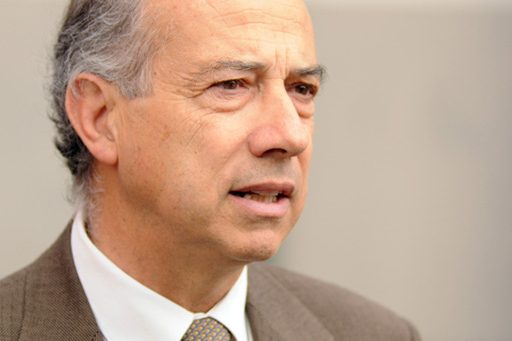
PEOPLE
FAREWELL TO ROBERTO PETRONZIO
Roberto Petronzio, an outstanding theoretical physicist, Professor at the Tor Vergata University in Rome and President of the Italian Institute for Nuclear Physics (INFN) from 2004 until 2011, has died. ...

JOB POSITIONS
THE INFN ANNOUNCES 73 RESEARCH POSITIONS
A favourable opportunity for the recruitment system and an important message, for young researchers in Italy and abroad, that the world of national research is re-opening to new resources. ...
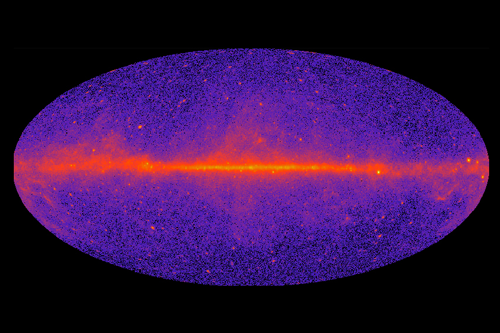
RESEARCH
20,000 NEW SOURCES OF GAMMA RAYS DISCOVERED IN THE SKY
About 20,000 new sources of gamma rays were discovered by analysing, with a new statistical technique, six years of data collected by the Large Area Telescope (LAT), the detector for high ...
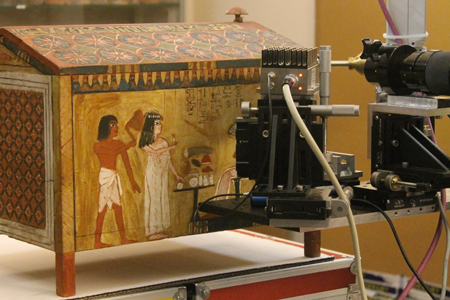
CULTURAL HERITAGE
NEW TECHNIQUE FOR THE STUDY OF ANCIENT EGYPTIAN PAINTING
A new non invasive scientific technique, called macro scan X-ray fluorescence (Ma-XRF), was used for the first time to study artefacts belonging to an ancient Egyptian funerary set from the collection of the Egyptian Museum of Torino. ...
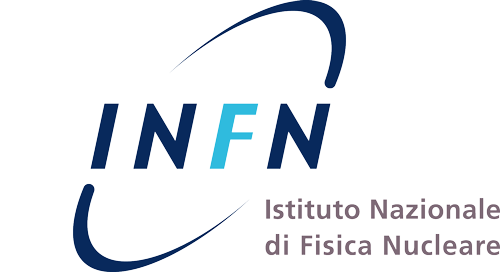

 EXTREME,
PARTICLES ON DISPLAY
EXTREME,
PARTICLES ON DISPLAY